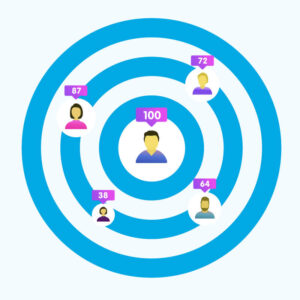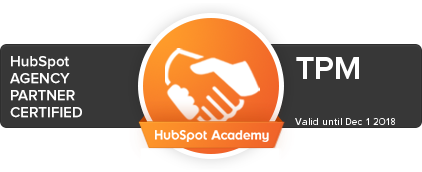On the Blog
Get In Touch
We’d love to chat and if we can’t help you, we can certainly introduce you to somebody who can.
Phone
+1 855-646-8662
Email
[email protected]
Address
Suite 250 #1011
997 Seymour St.
Vancouver, BC, Canada
V6B 3M1



